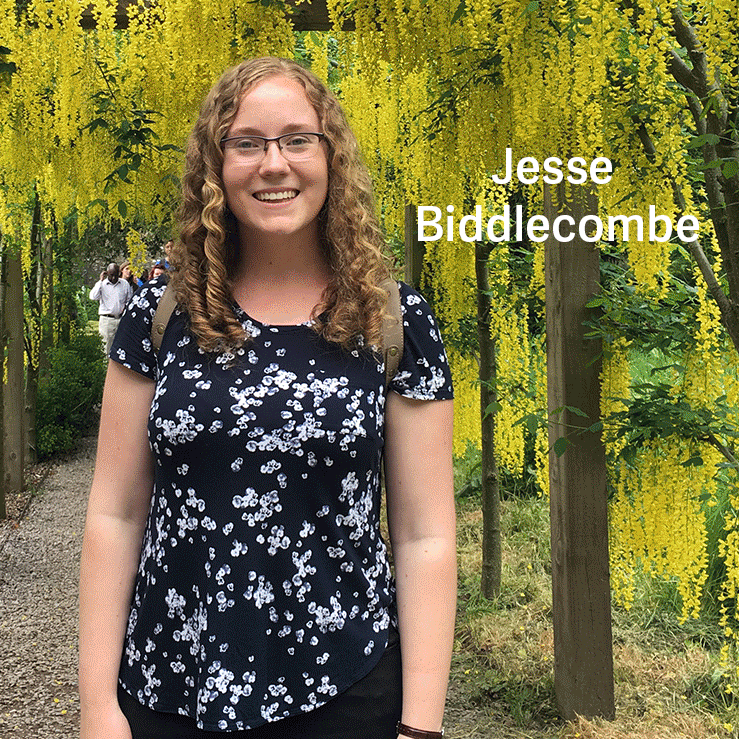
In one of the most competitive competitions in years, 30 students have been awarded UREAP scholarships, allowing them to spend the summer conducting independent research projects.
This marks an institutional investment of $180,000 in undergraduate research.
The Undergraduate Research Experience Award Program (UREAP) has been available to third and fourth-year students since 2003, but this semester the award value increased from $4,500 to $6,000, and brought with it a wave of renewed interest in the program.
The prestigious award is unique in that it moves students beyond the role of Undergraduate Research Assistant, giving them the opportunity to be the principle investigators of their own unique projects.
“The UREAP provides students an opportunity to create new knowledge through research projects that they are passionate about,” said Sukh Heer Matonovich, Manager of Graduate Studies and Student Research.
Students from all disciplines will spend their summer working on projects that dive into topics as wide-ranging as adolescents living with anxiety, to invasive goldfish, and bat guano.
To qualify for a UREAP, students must have completed at least 60 credits and have a minimum GPA of 3.2. Each student is mentored through their project by a faculty supervisor.
2019 UREAP recipients
- Braydon Slack, “Enhanced visual processing for objects in perihand space: Does it matter which hand acts on the object or will any hand do?”
- Elisha Balazo, “Determination of Major Components in Propolis by Capillary Electrophoresis.”
- Francesca Ramunno, “Machine Learning Approaches to Predict Wildfire in British Columbia.”
- Guillermo Garcia Diez, “Theoretical Study of the Secondary Antioxidant Activity of Aminoguanidine.”
- Inderpreet Khunkhun, “Newly Arrived South Asian student’s experience with the Canadian healthcare system.”
- Jesse Biddlecombe, “The impact of non-steroidal anti-inflammatory drugs on endothelial cell and platelet production of microvesicles during strenuous exercise.”
- Jessica Guthier, “Nursing Students’ Identification of Quality Indicators during a Third-Year Summer Preceptorship.”
- Kaitlan Howard, “Does Cannabis Usage Relate to Emergency Department Usage?”
- Katlin McCallum, “Can Mortality Rates of Snakes Along Exclusion Fencing be Reduced by Providing Temporary Shelter?”
- Kyle Behiels, “A Hybrid Approach for Analyzing Vancouver Police Department Crime Data Using Machine Learning and Visual Analytics.”
- Lanette LeWarne, “Adolescents living with anxiety: A study on treatment options including medical cannabis.”
- Lena Stengel, “A Historical Narrative Outlining the Innovative Development of Special Education in the Kamloops Thompson School District No. 73.”
- Lolah Muller, “Examining the Potential Benefits of Ketone Ester Supplementation.”
- Lynden Sandy, “Behavioral Analysis of Invasive Goldfish and Rainbow Trout Competition.”
- Mae Frank, “You, me, and the bees: Can citizen science effectively monitor pollinator populations in Kamloops, BC?”
- Maria Stoney, “The Effects of Event Personal Relevance and Intensity on Emotion Regulation Choice.”
- Mixon Madland, “Effect of Sports Training on Peri-hand Space.”
- Nicholas Alcantara, “The use of infrared thermal imaging to assess anxiety-related deficits in cognitive performance in older adults.”
- Oluwafemi Ogunyemi, “Investigating the effect of Bisphenol S on Hemoglobin using Affinity Capillary Electrophoresis (ACE) and Nuclear Magnetic Resonance (NMR).”
- Payton Comazzetto, “Intrinsic or Extrinsic: How The Motivations and Perceived Benefits of Running in Adults Vary Depending on Age.”
- Puneet Parihar, “Determination of the octanol-water partition coefficients of indolicidin and derivatives using capillary electrophoresis.”
- Rebecca Wiltzen, “Could an altered perihand space be the missing link to a better understanding of Autism Spectrum Disorder?”
- Ryan Collins, “Out of Bounds: Queer Identity in Adventure.”
- Sara Ediger, “The role of local temperatures in the timing of egress of Western Rattlesnakes (Crotalus oreganus).”
- Sarah Bayliff, “Targeted Grazing: An attempt to Control the Invasive Species, Spotted Knapweed.”
- Seth Keenan, “Interaction Study between Benzimidazole Fungicides and B-Cyclodextrin using Affinity Capillary Electrophoresis.”
- Solenn Vogel, “Reclamation of Mine Tailings by Zeolite Amendment.”
- Suk Dhasi, “Social Return of Instagram as a Marketing Tool to Target Millennials: the Case of the Douglas Hotel, Vancouver, British Columbia.”
- Taylor Kutzley, “Detection and Inactivation of P. destructans in bag guano – A small scale pilot study to inform CFIA on managing and regulating import in Canada.”
- Vincent Daley, “Diffusivity of All-Pass Arrays.”

